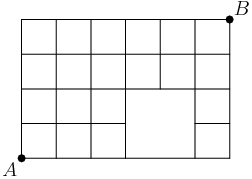Here are the review problems from Thursday’s class.
I’ve written up brief summaries of the solutions (note: these are a rush job and should not be taken as the level of exposition that would be appropriate on homework or a test). The solutions are in white text below; select with the mouse to view. This is so that you can read one solution at a time without having the rest spoiled for you. The solutions to #18, 26, and 27 are absent for now due to constraints on my time.
